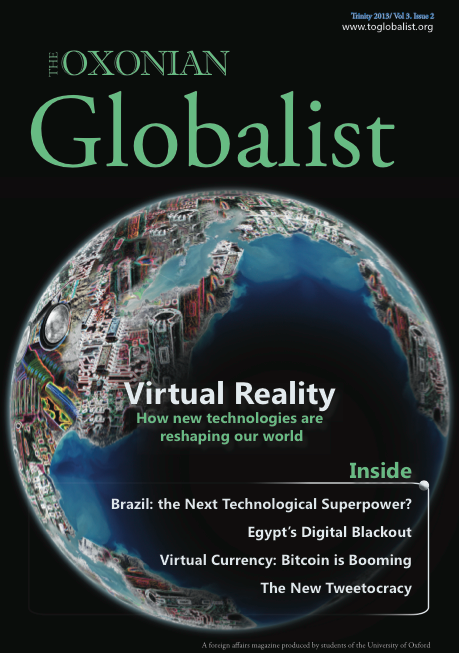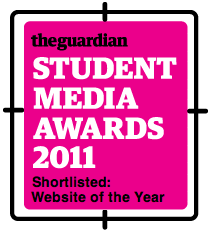As regards both population and area, the German-speaking part of Switzerland is by far the largest, and outcries against its cultural dominance are not uncommon and not entirely unwarranted. Given that out of the eight most densely populated Swiss cities only two are located outside German-speaking Switzerland, the economic competitiveness of German is enhanced to the detriment of the two other major official languages. But simply to learn German is not enough: for whilst the Swiss variants of French and Italian differ only slightly from their respective counterparts in France and Italy, the idiosyncratic German dialect referred to as Schwyzerdütsch is – at least initially – unintelligible even to speakers of ‘standard’ or ‘high’ German. Schwyzerdütsch, whilst uncommon in writing and more formal contexts, is widely used in everyday language, business relations and cultural activities. This diglossia, it is argued, hampers attempts to integrate regional ‘outsiders’. A member of the National Council from the French-speaking Romandie has recently complained in the Swiss newspaper Neue Zürcher Zeitung (NZZ) that, because of the peculiarity of Schwyzerdütsch “for anyone who wasn’t born into it, the Swiss-German culture has to remain impenetrable”, and goes on to warn against the “Belgianization” of Switzerland. This segmentation is reinforced by the fact that the regional and linguistic groups, much as they may deny it, seek identification or at least propagate discourse with communities in the neighbour states of Switzerland that speak the same language rather than with other parts of the same country.
In recent years, there has been an increase in highly qualified German immigration into Switzerland, but the new immigrants were welcomed by the Swiss with mixed feelings. Swiss resentment and prejudices against Germans are fuelled by the media and the right-wing Swiss People’s Party (SVP), which tend to oversimplify and exploit the difficult relationship between Germany and the German-speaking part of Switzerland. And although the overgeneralizations that feature in the discourse are doubtlessly out of place, they do point to an underlying truth: the fact that Swiss-German culture and society are heavily directed at – and influenced by – Germany. German television and newspapers are widespread and many alleged ‘values’, such as industriousness and seriousness, seem to be shared by the two communities.
The case is similar with the two other major language-groups of Switzerland. Thus, the question arises whether the Röstigraben, the de facto border separating the German- and French-speaking parts of Switzerland, is not the more prominent boundary than the actual frontiers with Germany and France respectively? Little seems to prevent Switzerland from gradually being torn apart.
Surely, however, the linguistic situation can only be part of the question of national identity? What about shared history and common values? And indeed, Switzerland can look back on a rich history; yet it is questionable to what extent a legendary battle that took place in the 14th century or Switzerland’s leading role in the Industrial Age of Europe’s more recent past can or should have any impact on its people’s conception of their country today. Even if we turn to more deeply entrenched and therefore somewhat timeless values that Switzerland has long since been associated with – neutrality, solidarity, and direct democracy, to discuss but three – these do not seem to straightforwardly support national cohesion either.
(1) Neutrality, as political commentators and historians agree, is, at least in its origins, a direct consequence of Switzerland’s internal non-cohesion. To put it bluntly: if different regions of a country find themselves utterly unable to agree on any substantial issue, the smallest denominator in political terms will lead to a policy of neutrality in foreign affairs. Neutrality therefore is not a possible means by which to create communality, but rather a result of the lack thereof.
(2) Ever since Henry Dunant in the 19th century dedicated his life to helping victims of international conflicts, Switzerland has been at the forefront of propagating solidarity on an international level. The very concept of solidarity, however, has been heavily assaulted by recent political trends in the country. Especially one initiative, which – passed by a popular vote on November 29, 2009 – effectively bans the construction of minarets, has aroused international uproar and domestic embarrassment. It has also raised questions as to how seriously the founding country of the Red Cross is really still taking its pledge to uphold human rights and tolerance.
(3) Switzerland has developed the notion of democracy and, in its implementation, taken it further than any other country in the world. The small dimensions Switzerland dwells in and its comparable stability have enabled its populace to participate in the political process to a great extent. But in spite of its intellectual appeal, it is not clear how a concept as abstract as democracy can be utilized to create a stronger sense of national unity, especially if the very reality of the concept is taken for granted by everyone in the country.
Thus, not unlike what we can observe in the case of multilingualism, the emergence of a solid national identity is hindered, on the one hand, by the fact that the ‘values’ proposed are too intellectual to contribute to any sense of national cohesion and, on the other hand, by the fact that the attempted ‘implementation’ of such values in people’s minds proves to be complicated or ineffectual. In fact, the failure of too strong an emphasis on the intellectual side was exemplified by an unsuccessful campaign of the centralist Free Democratic Party (FDP), which precisely stressed concepts such as multilingualism, using slogans like “Four Switzerlands” and quadrilingual advertisements. While the FDP tried to appeal to all four parts of Switzerland by showing their awareness of linguistic minorities, it seemed that many voters were more interested in employment guarantees and immigration issues than ‘high-brow intellectualizing’.
As for the ‘implementation of values’, the process of establishing and reinforcing a sense of national identity in Switzerland cannot and should not be forced upon the country and its people: it cannot be forced, for national identity itself is a concept of such subtlety and fragility that it defies an entirely rational assessment, thus making it almost impossible to be grasped and then implemented. Also, the assumption that having a ‘strong’ sense of national identity in a country has great advantages, which has been taken as given throughout this analysis, must be called into question at this point: why, after all, is strong national cohesion beneficial? Surely, to make it possible for decisions to be taken in the interest of all, and to provide for a unified stance in the face of external challenges. But as long as Switzerland continues on its path of neutrality, and political and economic conditions remain relatively stable in Europe, it seems that a stronger sense of national cohesion must not necessarily be of primary concern. In any case, for many people in Europe strong emotional ties to their country have been loosened – for better or worse – in the wake of globalization and individualism: maybe particularly so in Switzerland, which has one of the highest proportions of foreigners in Europe, making up almost one fourth of its overall population. This results in many people falling between (at least) two national stools, thus reinforcing effects that are also typical of multilingualism.
It seems then that disputes about Swiss national cohesion can often be reduced – though not without simplification – to the question of multilingualism. Unsurprisingly, therefore, there have been several attempts to ‘solve’ the problem of multilingualism: a marked tendency towards this goal is displayed by the fact that primary school children are encouraged to learn English rather than a second national language alongside their mother tongue. Some officials have even suggested that English be made an official language of Switzerland: but there is little doubt that this would cause politicians from different parts of the country to converse in a tongue foreign to all of them. Inevitably, understood thus, to ‘solve’ the problem of multilingualism means to abolish it, with disastrous effects for plurality and diversity.
Therefore, the best thing Switzerland can do is to fully acknowledge the linguistic and cultural diversity within its borders. It would be wrong to dramatize the situation, striving to remove the putative torch from the national womb, for this is both impossible and undesirable. Nor is it advisable to trivialize multilingualism as an ‘intellectual phenomenon’, since it is clearly of great importance in the politics of the country. Furthermore, in spite of the fact that, to those accustomed to the more traditional and widespread concept of the nation-state, Switzerland’s de facto multi-nationalism must seem paradoxical, the country’s experience with multilingualism and other related phenomena may prove to be advantageous, for itself and for others. For even though Switzerland is not a member of the European Union, both are faced with similar issues of cohesion: if Ireland, Britain, and other member-states seem reluctant at times to fully identify with the EU, this has a close parallel in the Swiss tightrope walk between centralism – and its promise of straightforward national cohesion – and federalism – and its indispensable plurality. Switzerland must find its own national identity not in the realms of cohesion alone but somewhere in between the two poles of state and nation(s), of centralism and federalism, of unity and pluralism. If the Swiss Tower of Babel can be built, it is not by making everyone speak the same language, but by making everyone speak one another’s.




